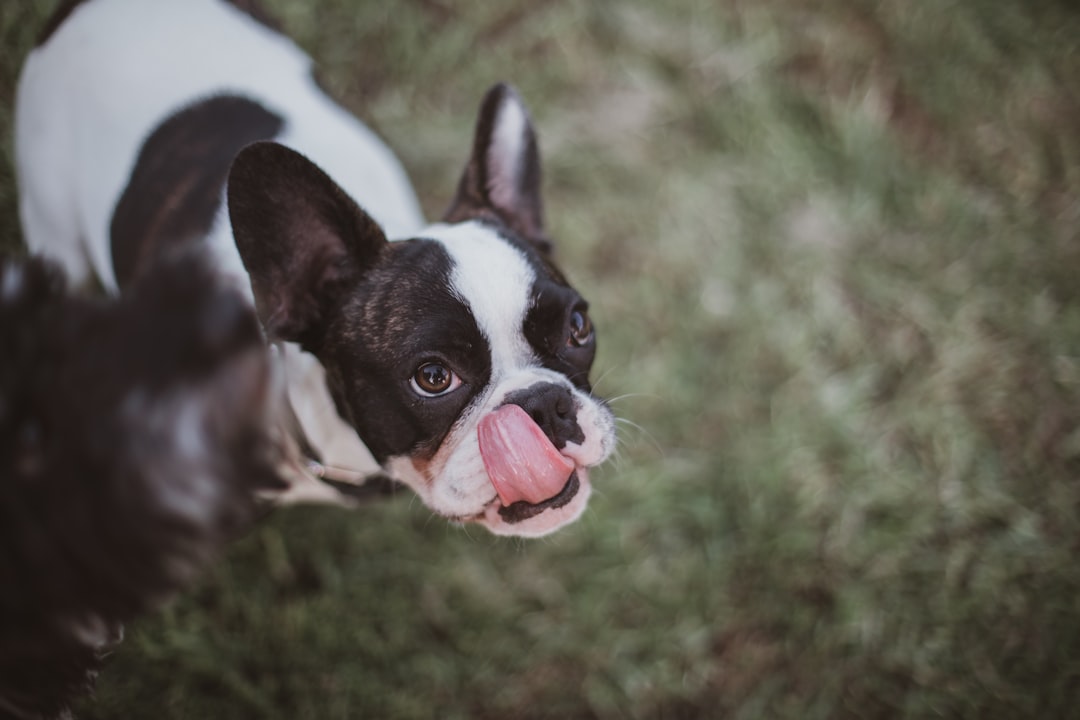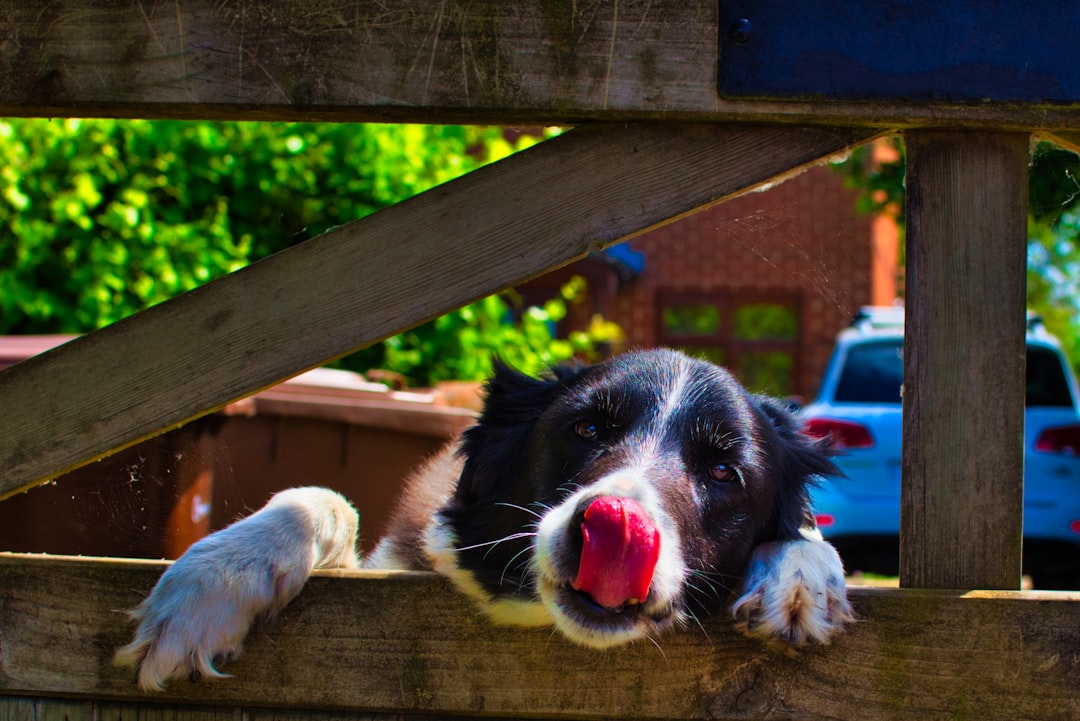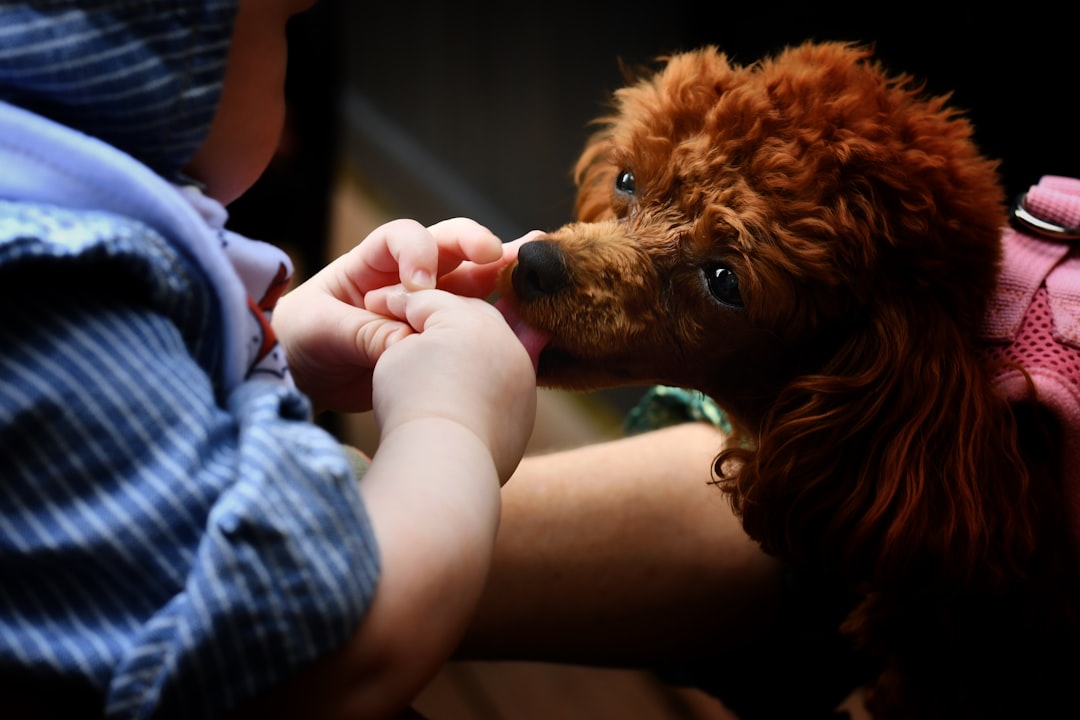The Lick of Love: Unraveling the Science Behind Why Dogs Lick
This article explores the evolutionary, psychological, and multifunctional aspects of dog licking behavior, emphasizing the importance of understanding and managing excessive licking for the overall well-being of dogs.
Understanding the Evolution of Dog Licking Behavior
The behavior of dogs licking humans as a form of greeting and attention-seeking has its roots in their evolutionary history. During their early development, puppies learn to lick their mother to greet her and encourage her to regurgitate food for them. This learned behavior becomes a way for dogs to seek attention and show affection towards humans. Interestingly, this behavior is primarily directed towards humans, rather than other dogs, indicating its strong association with the human-canine bond.
Furthermore, the retention of juvenile behavior into adulthood, known as neoteny, is common in domesticated animals. Neoteny influences canine behavior and contributes to the propensity of dogs to exhibit behaviors such as licking as a form of interaction with humans. This retention of juvenile traits underscores the unique and close relationship between dogs and humans, shaping their social and communicative behaviors, including licking as a means of expressing emotions and seeking attention. This evolutionary perspective provides valuable insights into the deep-rooted nature of dog licking behavior and its significance in the human-dog relationship.
The Psychological and Emotional Significance of Dog Licking
The act of licking is not merely a physical behavior; it holds significant psychological and emotional implications for dogs. When a dog licks a human, it triggers the release of oxytocin in the dog’s brain, commonly referred to as the “love hormone”. This physiological response indicates that dogs experience feelings of love, affection, and empathy towards their human companions. This emotional significance sheds light on the deep bond and attachment that dogs form with their owners, illustrating the depth of the human-canine relationship.
Moreover, licking is a form of communication for dogs, allowing them to express their emotional state and solicit attention from their human counterparts. For instance, when a dog licks its owner’s face or hands, it may be seeking reassurance or comfort, especially in situations that evoke anxiety or stress. This behavior reflects the dog’s reliance on its owner for emotional support and acts as a method of maintaining a connection with their human family. Understanding the psychological and emotional underpinnings of dog licking enables owners to respond to their pets with empathy and provide the necessary emotional support, ultimately strengthening the bond between dogs and their human companions.
 Exploring the Multifunctional Aspects of Dog Licking
Exploring the Multifunctional Aspects of Dog Licking
The multifunctional aspects of dog licking go beyond simple hygiene and temperature regulation. For instance, when interacting with other dogs, licking serves as a form of communication, conveying messages of affection, submission, or dominance. This behavior plays a crucial role in maintaining social hierarchies within canine groups, highlighting the intricate and multifaceted nature of dog licking in their social interactions.
Moreover, excessive licking in dogs can signify underlying issues such as anxiety, stress, or pain. For example, if a dog suddenly develops a habit of incessant licking, it might be a red flag for potential health or emotional concerns, prompting the need for a thorough evaluation by a veterinarian [2]. This illustrates that while licking is a natural behavior, changes in the pattern of licking can offer important insights into a dog’s physical and emotional well-being, making it essential for pet owners to be attentive to such changes. Understanding the multifunctional aspects of dog licking not only sheds light on their social dynamics but also allows for early detection of potential health issues in our canine companions.
Managing and Addressing Excessive Licking Behavior
When managing and addressing excessive licking behavior in dogs, it’s essential to understand that this behavior can stem from various underlying reasons such as anxiety, stress, or pain [2]. For instance, if a dog suddenly develops a habit of excessively licking itself or other objects, it may indicate an underlying health issue or discomfort that requires attention from a veterinarian.
Furthermore, positive reinforcement techniques can be utilized to redirect the dog’s licking behavior. For example, when a dog starts to excessively lick, gently redirecting its attention to a chew toy or a positive activity and rewarding the dog for engaging in the alternative behavior can help modify the licking habit over time. This approach not only addresses the behavior but also strengthens the bond between the dog and its owner through positive interactions, creating a conducive environment for behavioral modification.
In conclusion, recognizing the potential causes of excessive licking and implementing positive training methods can effectively manage and address this behavior, promoting the overall well-being of the dog [2].
 Conclusion: Understanding the Science Behind Why Dogs Lick
Conclusion: Understanding the Science Behind Why Dogs Lick
Understanding the evolution of dog licking behavior provides valuable insights into the deep-rooted nature of this canine trait. Dogs learn to lick humans for attention and greeting from their evolutionary history. For instance, puppies licking their mother to greet her and encourage her to regurgitate food for them as a learned behavior. This behavior is deeply ingrained in their evolutionary past and reflects the strong bond between dogs and humans. Additionally, the retention of juvenile behavior into adulthood, known as neoteny, is common in domesticated animals, influencing canine behavior. This illustrates how the behavior of licking as a form of greeting and seeking attention has been perpetuated over generations and is deeply embedded in the genetic makeup of dogs.
From a psychological and emotional standpoint, dog licking behavior is closely tied to their emotions, social interactions, and well-being. Licking triggers the release of oxytocin in the brain, indicating love, affection, and empathy towards humans. This hormone is associated with bonding and social connection, highlighting the deep emotional significance of licking behavior in dogs. Moreover, dogs may exhibit a negative psychological reaction to being left alone, influenced by human expectations for them. This underscores the importance of understanding and addressing the emotional needs of dogs, particularly in relation to their licking behavior.
Exploring the multifunctional aspects of dog licking reveals its diverse roles in canine life. Dogs lick themselves to clean and cool down, contributing to their hygiene and temperature regulation [4]. This behavior is not only a means of grooming but also a way for dogs to regulate their body temperature, showcasing the multifaceted nature of licking. Furthermore, licking is also a sign of affection, submission, or dominance when interacting with other dogs. This highlights the complex social dynamics that are communicated through licking behavior, shedding light on its role in canine social interactions. Understanding the evolutionary, psychological, and emotional factors contributing to dog licking behavior is crucial for promoting the overall well-being of dogs and fostering harmonious relationships between dogs and their human companions.

